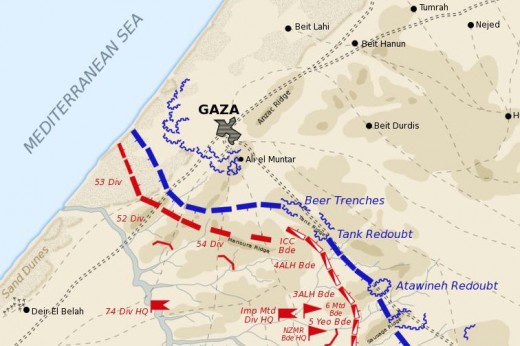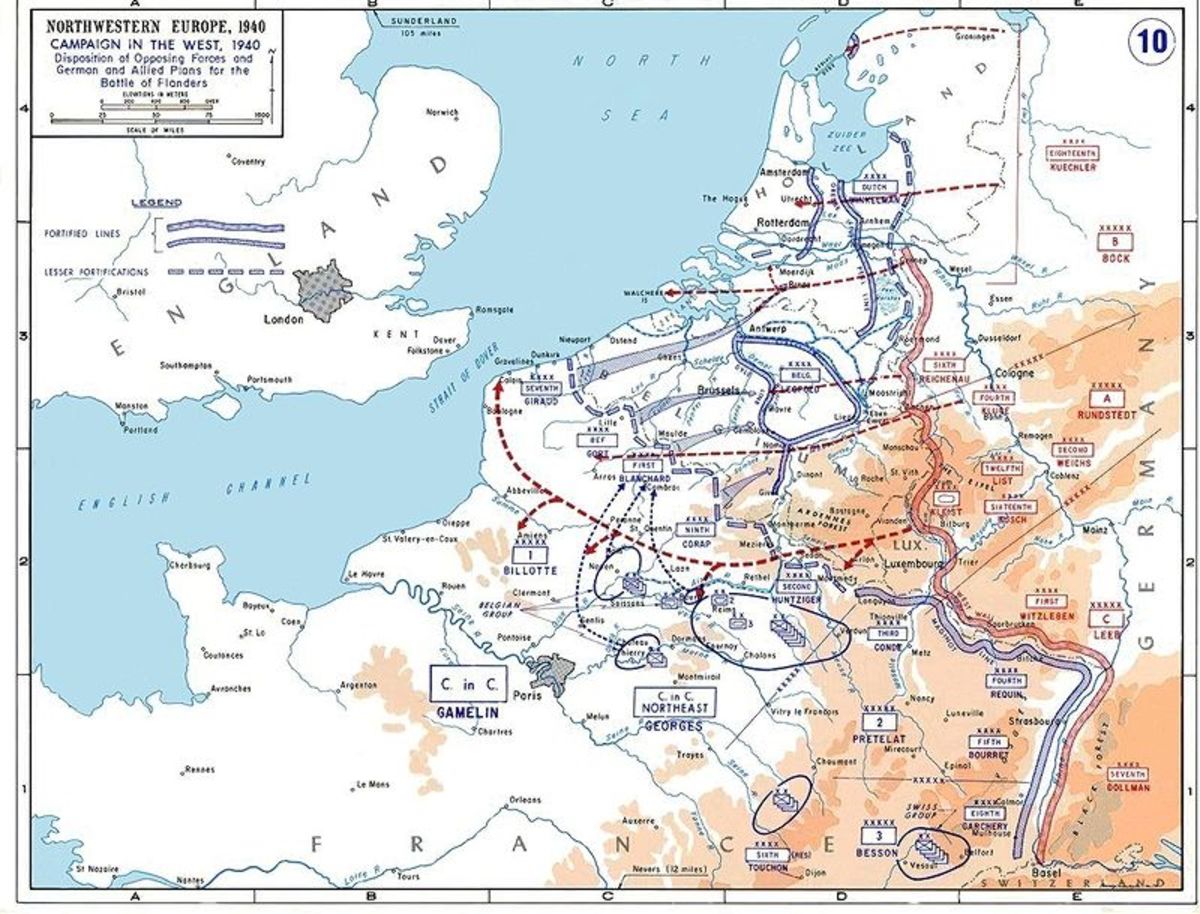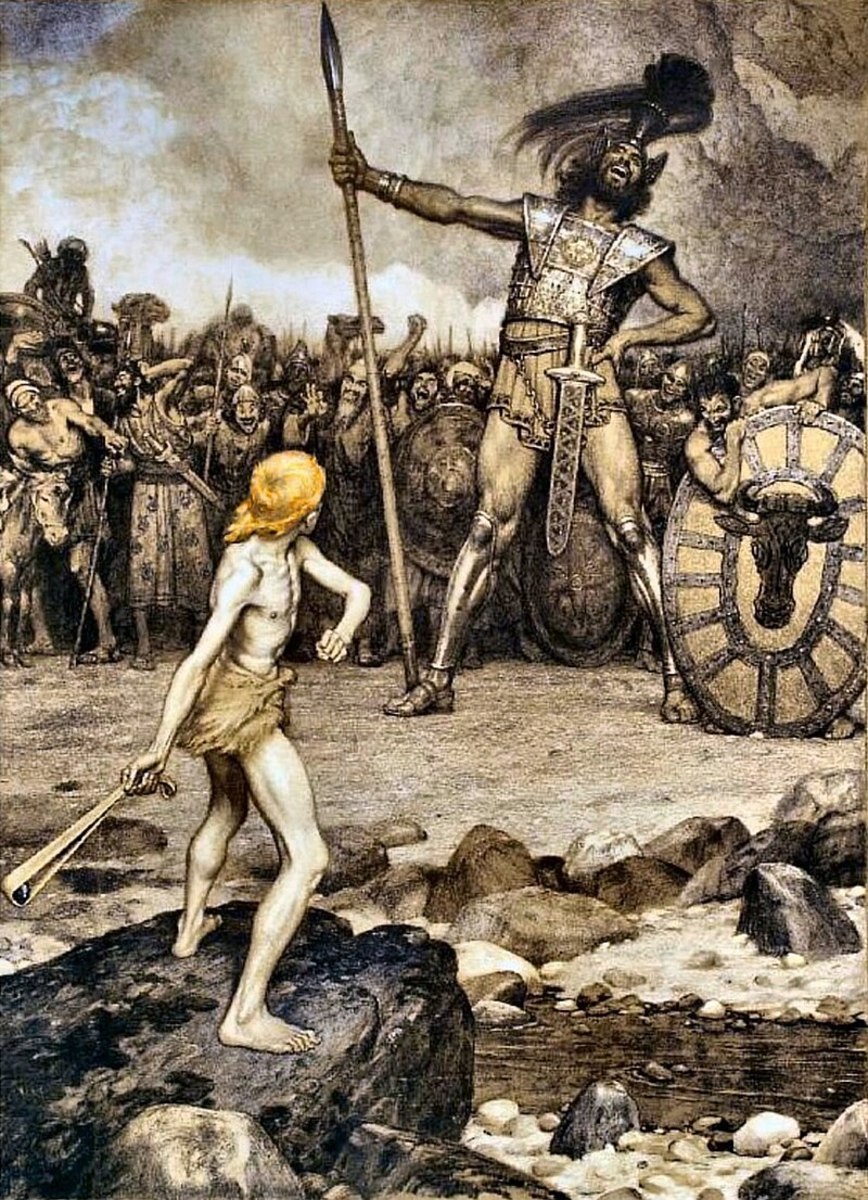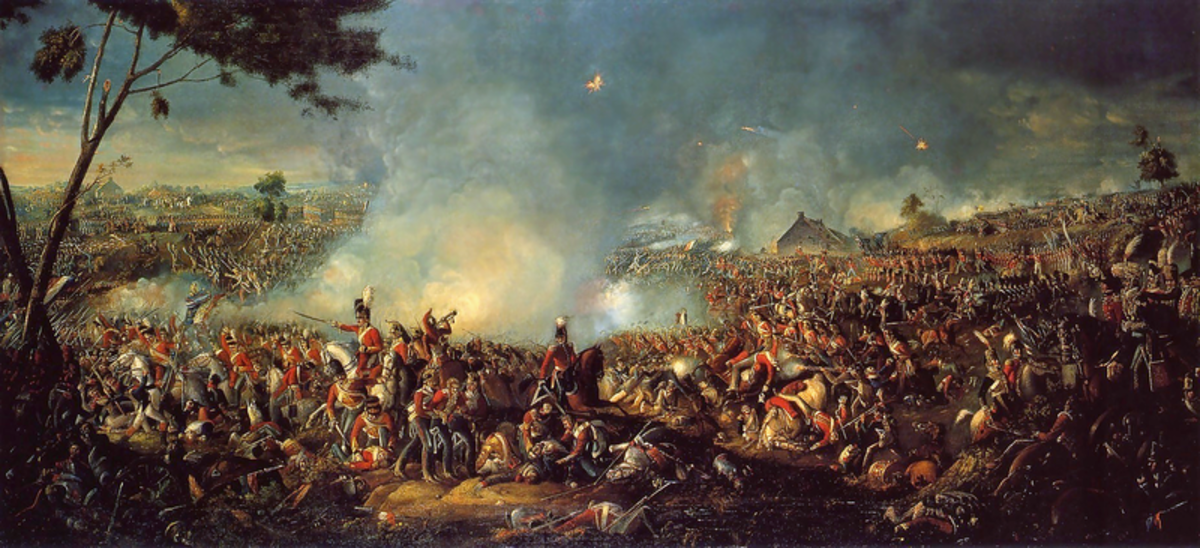The First Tanks in the Middle East 1917

By mid-1917, the British situation in the Middle East was critical. Costly failures at Gallipoli in 1915 and Kut, Mesopotamia, in 1916 had stymied early British victory. Turkish forces with German commanders were proving a successful combination. Preparations for a massive assault toward Jerusalem via Gaza and Beersheba, with the aim of driving the Turks back northward, out of Palestine and Syria altogether. Gaza's history, the defeat of the Philistines by the Chaldean Babylonians in 604 BC; Crusader victories and setbacks between 1099 and 1270; the campaigns of Napoleon Bonaparte in 1799, seem to be premonition of what was to come. The first Battle of Gaza had already proven true and ended in a British fiasco and missed opportunity of momumental kind.
Two thousand gas shells and 6-8 Mk I tanks were available. While the tanks were the first in the Middle East, they were not the newest as requested, the Mark IV. Instead, the British sent the first version of the tank and were already obsolete in many ways since they debuted in 1916. Mechanically, they were even more unreliable now.
It was estimated that the Turkish forces occupying the Gaza-Beersheba defenses numbered between 20,000 and 25,000. In reality, it was almost 50,000, 86 MG, 68 guns, 18000 rifles. The defenses had been strengthened significantly since the first battle with the help of German leadership. The west flank of the line was defended by the fortress of Gaza. To the east the line was held by a series of redoubts located on ridges, with each redoubt providing support for its neighbors.
The British leaders were not impressed with the projected plan, all knew it would be a slugfest head on and bloody. The tanks, it was hoped, would cause the Turks to panic resulting in holes in the defenses to which British troops would advance. The tank detachment arrived with 22 officers and 226 men. Originally, 12 Mk I tanks were to have been sent, only eight arrived. The tanks were assigned piecemeal, that is, the 52nd Division had four, the 53rd and 54th, two each. To insure success, the British had a dazzling amount of artillery brought up some 27 artillery batteries and naval ships would also bombard. Air support would be provided by the 14th RAF (17 BE 2). In reserve, yet another division, the 74th, sat. Ironically, it was never used until the 3rd Gaza battle!
The Turks were greatly helped by the Germans in building incredible defensive systems and by the FA300 squadron with 16 Halberstadt fighters. Quickly, the RAF was shot to pieces. The Turkish 3rd Division with three regiments had 12 battalions, not the usual nine. This defended the Gaza town and surrounding area. This was further reinforced by the 163 Reg\53xx at Muntar. The ridge called Tank Redoubt, was defended by the 165 Reg\53xx and the 14th Artillery Regiment. The remaining parts of the 53rd were spread out as reserves. Their 16th division and 3rd Cav, Division were along the 14 mile frontage opposite the British Imperial and ANZAC units.
The first phase began April 17, a day when the British were allowed to advance closer to the Turks. Once complete, the British paused and resumed in earnest at 0530 on April 19. That is when all hell broke loose and despite the gas, artillery and tanks, the Brits were simply battering their head against the wall. None of the objectives were achieved and the tanks found tough going attracting the wrath of artillery guns whose barrels were lowered and fired direct as an antitank weapon. Even without any AP shells, any hit on the tank would disable it. The Turks, in most case, did not throw down the weapons and run. When it did happen, Turk artillery honed in on the tanks. British success could only be measured in yards and by 1500, artillery fire was limited due to lack of shells. By 1830, the folly was over and over 6000 British bodies showed for it. Turkish losses came to 2300.








